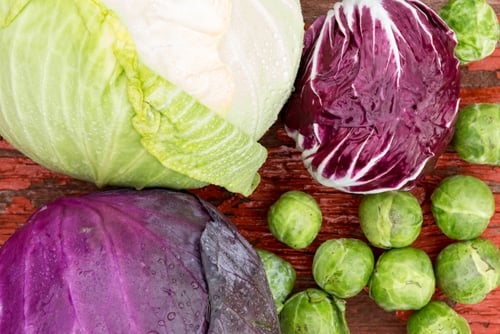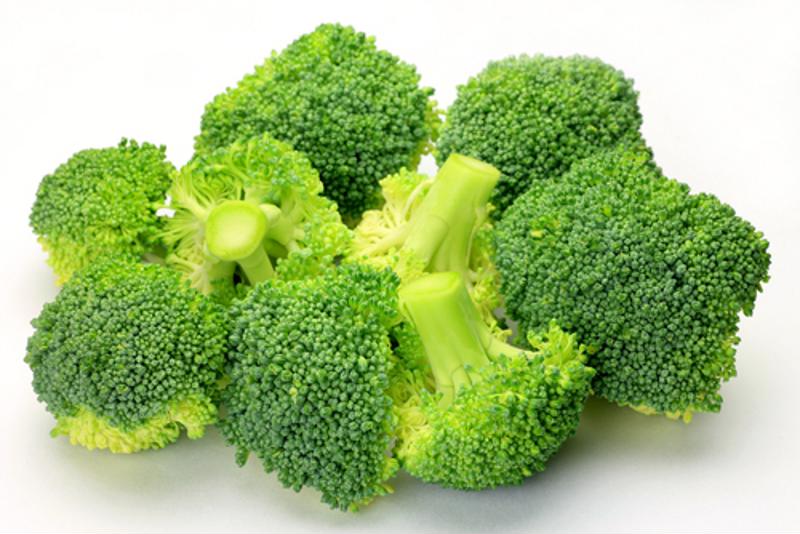
How to Vacuum Seal Broccoli and Other Cruciferous Vegetables
- Tips and How To's
- 01/27/15
- Share
Sealing and freezing your favorite vegetables is a great way to make the most of your purchases, especially if you're looking to extend the lives of out-of-season produce. While most vegetables can be transferred directly to a vacuum sealer bag, cruciferous vegetables - like broccoli and cabbage - must be blanched beforehand.
Why Do I Need to Blanch?
Unlike other produce, fresh cruciferous vegetables emit gasses when they're stored, which means if they're kept in an airtight package, they will cause the plastic bags to expand. This introduction of unwanted gasses will cause your food to go bad quickly, so experts recommend boiling vegetables - or blanching - for a set amount of time before transferring them to a vacuum sealer bag. This process impedes the enzymes in the vegetables, which prevents food from discoloring or producing unwanted gasses.
What Counts as Cruciferous?
This type of vegetable is generally marked by florets or bulbs. The most common cruciferous vegetables include the following:
- Broccoli
- Brussels sprouts
- Cabbage
- Cauliflower
- Kale
- Radishes
- Turnips
According to the National Cancer Institute, cruciferous vegetables are among the healthiest types of produce you can eat. These plants are replete with essential nutrients, like vitamin C and fiber, and are crucial for boosting your overall immune system.

How Do I Do It?
Gather your cruciferous vegetables and separate them by type. You'll want to blanch your vegetables separately to ensure that the process goes as smoothly as possible. Next, follow these steps to properly seal and freeze your vegetables for long-term storage.
- Step 1: Prepare a large pot by filling it with water. The National Center for Home Food Preservation recommended 1 gallon of water per pound of desired blanched vegetables. Set aside a separate pot of cold water - 60 degrees or below - for later.
- Step 2: Bring the water to a boil, then add your desired amount of vegetables. Blanching is an exact science, so consult the NCHFP's chart for specific steam times.
- Step 3: When the vegetables are done blanching, remove them immediately. Drain the water from the pot, then submerge the vegetables in cold water to stop the cooking process.
- Step 4: Dry your produce completely - any additional moisture can ruin the freezing process, so be sure your vegetables are thoroughly dried.
- Step 5: Place your food in individual bags, then use your vacuum sealer to remove the air. Since the produce has been steamed and cooled, it should remain properly preserved in your freezer.



